.png)
Join a Network of Driven Men Building Freedom, Health, and Legacy
Access Keegan Smith’s private community with free resources on wealth-building, athleticism, and creating a thriving life.

About Keegan Smith: A Leader in Building Uncommon Lives
Keegan Smith has spent years guiding men to financial freedom, peak physical health, and purpose-driven living. His proven frameworks have helped 100s of men create $10k/month businesses, build lifelong athleticism, and lead fulfilling family lives.
Through his private community, Keegan offers free resources, personal support, and a clear path to achieving the life you’ve always envisioned.
Ready to take the next step with Keegan’s mentorship? Book a call to discuss your goals and start your journey.
Real Stories. Real Results.
Here are some of the incredible achievements from men who have joined Keegan’s community over the last 12 months:

Evin Keane
@the.ancestral.athlete (193k)
Evin joined Uncommon Success in 2023 ready to build online—he's now doing 5-figures a month, has gained 180k+ new followers.

Conor O Shea
@conorosheafit (230k)
Conor has expanded his business and team including gaining 225k+ followers and having his first $20k month.

Justin Mucci
@muccistrength (177k)
Justin has transformed his mind & body to become a leading coach aged 20—coaching dozens of D1 and Pro American Football players and gaining 175k+ followers in the meantime.

Andrés Rodriguez-Story
@holisticdre (11.8k)
Since joining Uncommon Success, Andrés has had consistent 10k months in his IG agency, as well as consistent viral reels.

Luke Carter
@lukesbrave (3.8k)
Luke has had consistent $20k months in his dream branding agency since working with Keegan.



Liam Howe
@bulletproof_baller (49.7k)
Liam went from working at Tesco to making $10k months rebuilding knees. See his results below!



Khadim
@dimifit.ability (72.9k)
Khadim had no audience & never made a dollar online. Now he makes thousands a month in his early 20s.
"When I hopped on a quick call with you I loved how you challenged me to think about exactly what I want and what it actually takes to get there.
Since we first spoke and I joined Uncommon Success, I‘m way more confident about what I do. I blew up shortly after joining and made my first money online the month I joined.
I connected with Uncom brothers in person and online, which was powerful.
Now 6 months later I've earned $2000 already this month and will make more until the end of this month.
Thanks to your work and everyone involved I managed to build a business that changes peoples lives and I'm grateful for that!"
- Khadim
Explore Inside Uncommon Universe
Gain the tools, connections & courses to tranform your life:

Build Connections, Share Knowledge, and Level Up Together
Connect with men who've done what you want to do.
What’s Inside:
Real life case studies from men who went from zero to $10k a month online
Proven strategies and actionable advice for personal and professional growth
A supportive network of men who are ready to elevate each other
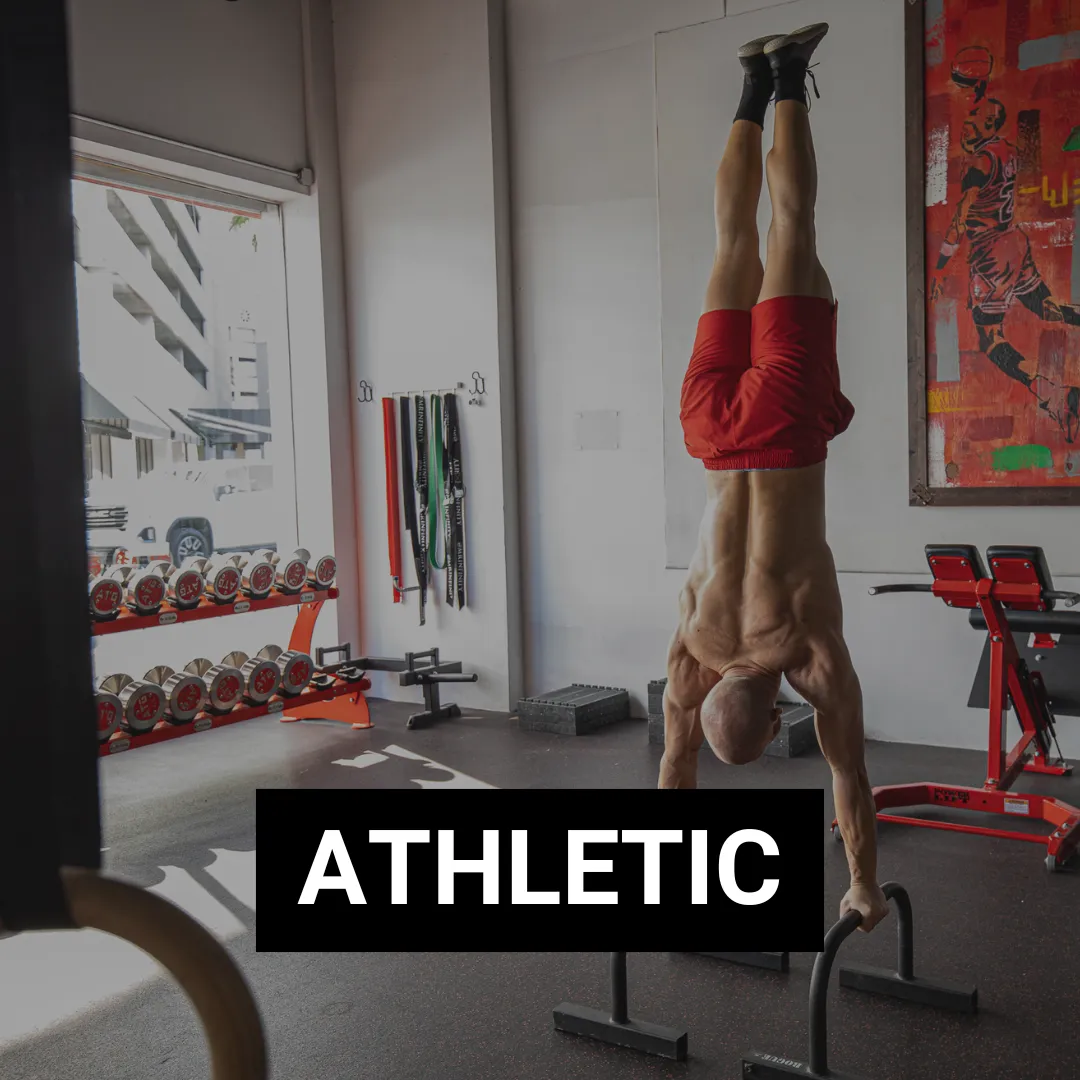
Build New Skills, Strength & and Mobility
New confidence comes from new abilities.
Make what was once impossible normal & open a new future for you and your (future) family.
What You’ll Gain:
Training principles for lifelong athleticism
LIVE training sessions to follow along
A new vision for your athletic future
Veiny Abs Book ($29 value)
Brain Building Book ($29 value)
Complete Athlete Bible ($29 value)

Master Income and Understand Money
Income creates options.
Gain freedom and build a legacy for generations to come.
Apply proven strategies to make and keep more money.
What You’ll Gain:
Learn from Keegan's money mentor
Understand buyer psychology & make more money
Understand the money like most never will
Money is a tool.
Mastering it is a key to unlocking low anxiety living.

Unlock Your Potential and Achieve Personal Growth
Great men are built through wisdom, not just action. This course dives into the frameworks and insights that empower you to understand yourself, expand your mind, and unlock your true potential.
What You’ll Gain:
Learn the 9 Volumes of Genius
Build the mind-flexibility for success
Insights into the psychology and frameworks for achieving lasting success
Elevate your thinking, refine your approach to life, and explore what it means to grow smarter every day. Your journey to mastery starts here.

Kickstart Your Journey with the First 5 Days of TFE
Immerse yourself in the transformative experience of The Future Expander (TFE). Over five powerful days, you’ll gain access to essential frameworks, training methods, and insights designed to ignite your growth and expand your potential.
What You’ll Experience:
Learn: Absorb cutting-edge knowledge to rewire your approach to life and success.
Train: Begin physical and mental practices that set the foundation for lasting transformation.
Expand: Discover how to push past limits and step into your future self.
This is your chance to test-drive the tools and strategies that have empowered men worldwide. Are you ready to take the first step toward your future?
Join 100s of Members Living Their Vision of Freedom and Fulfillment



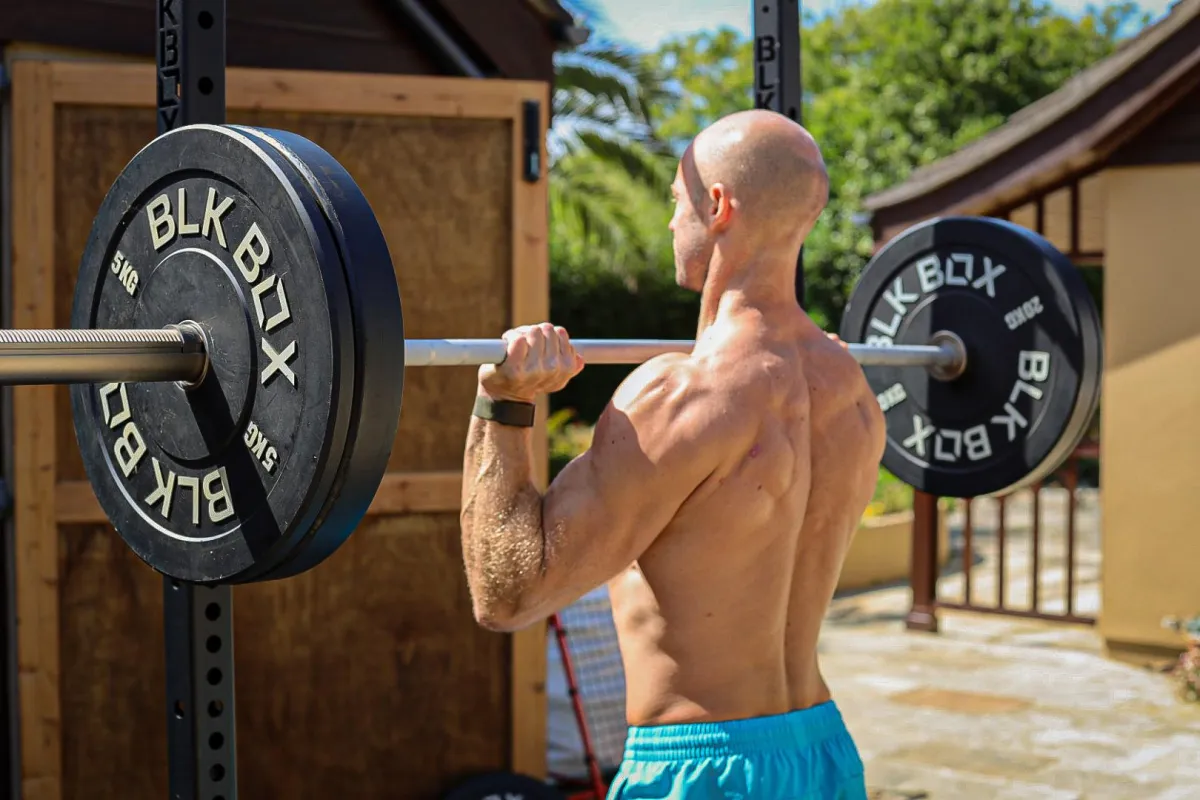
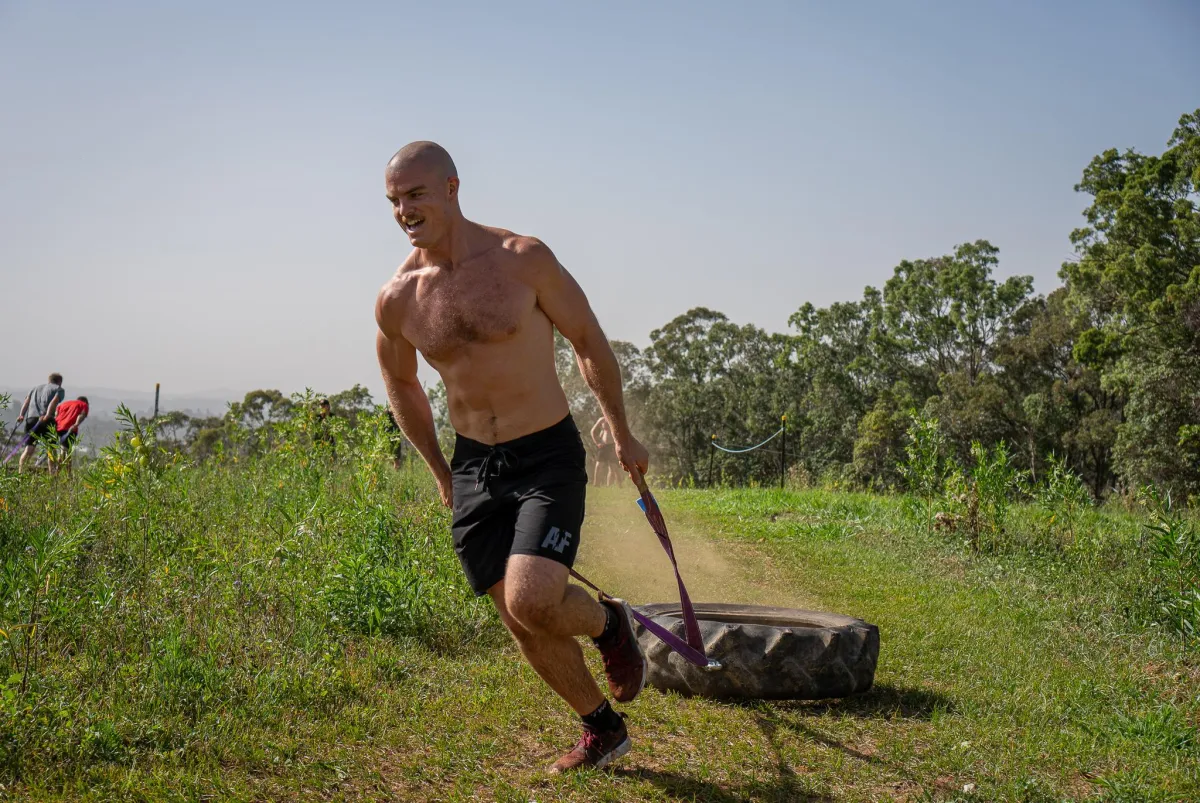
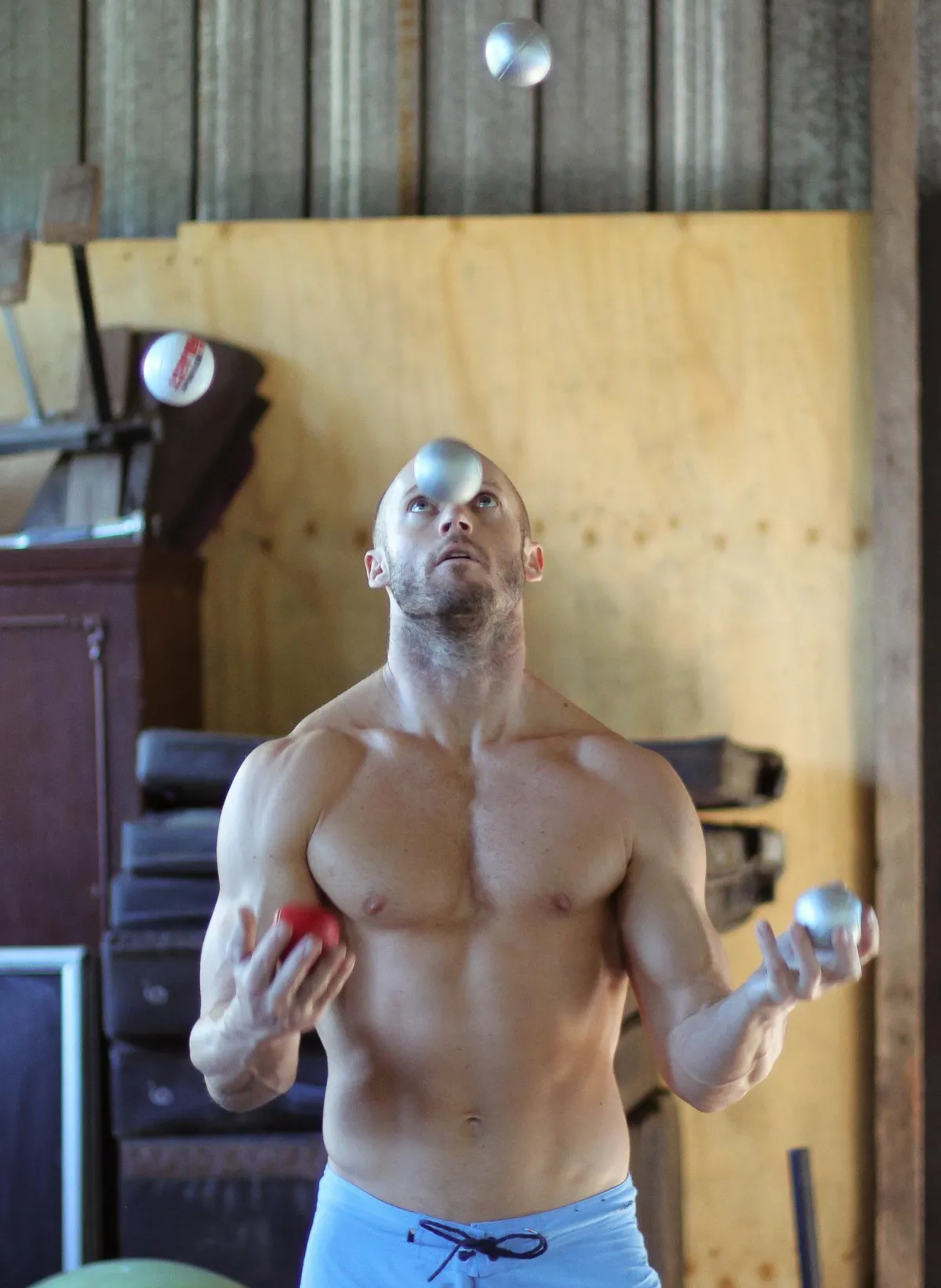



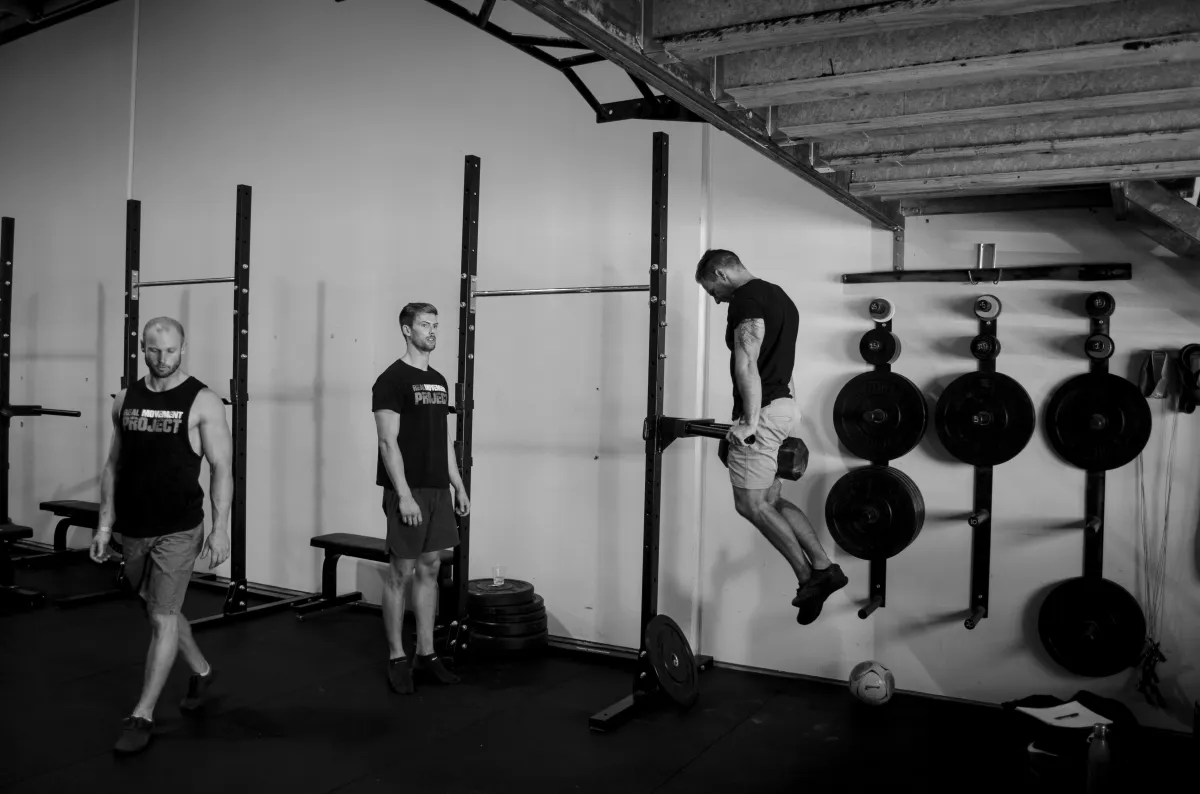
IMPORTANT: Earnings and Legal Disclaimers
*Earnings and income representations made by Keegan Smith, The Future Expander & Uncommon Success are aspirational statements only of your earnings potential. The success of Uncommon Success, testimonials and other examples used are exceptional, non-typical results and are not intended to be and are not a guarantee that you or others will achieve the same results. Individual results will always vary and yours will depend entirely on your individual capacity, work ethic, business skills and experience, level of motivation, diligence in applying the Uncommon Success Programs, the economy, the normal and unforeseen risks of doing business, and other factors.
The Uncommon Success Programs, and Uncommon Success individually, are not responsible for your actions. You are solely responsible for your own moves and decisions and the evaluation and use of our products and services should be based on your own due diligence. You agree that the Uncommon Success Programs are not liable to you in any way for your results in using our products and services.
See ourTerms & Conditions for our full disclaimer of liability and other restrictions.
The Uncommon Success Programs, including Keegan Smith personally, may receive compensation for products and services they recommend to you. Keegan Smith personally uses a recommended resource unless it states otherwise. If you do not want the Uncommon Success Programs and Keegan Smith to be compensated for a recommendation, then we advise that you search online for the item through a non-affiliate link.
Do you have questions about any of the Uncommon Success Programs? Are you wondering if the programs will work for you? Book a call. We will be happy to discuss your goals and how Uncommon Success may help you.
Contact Support: [email protected]